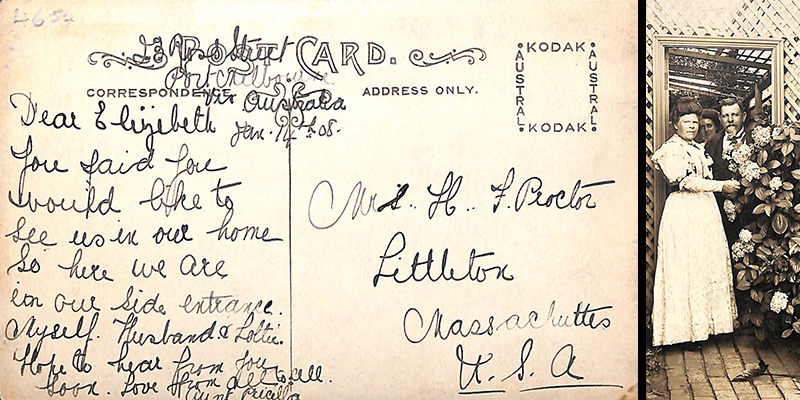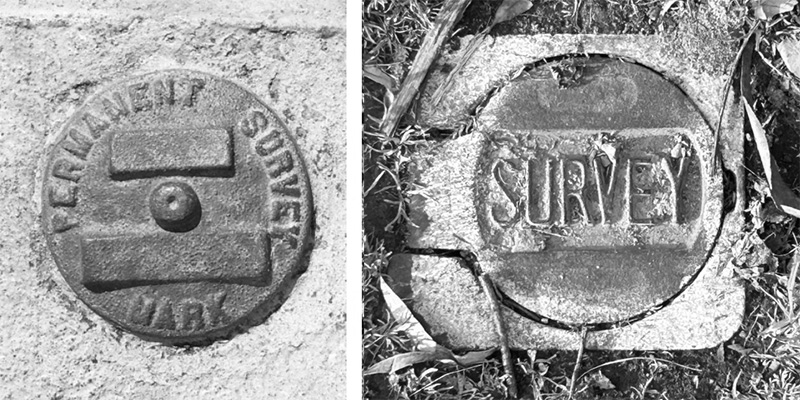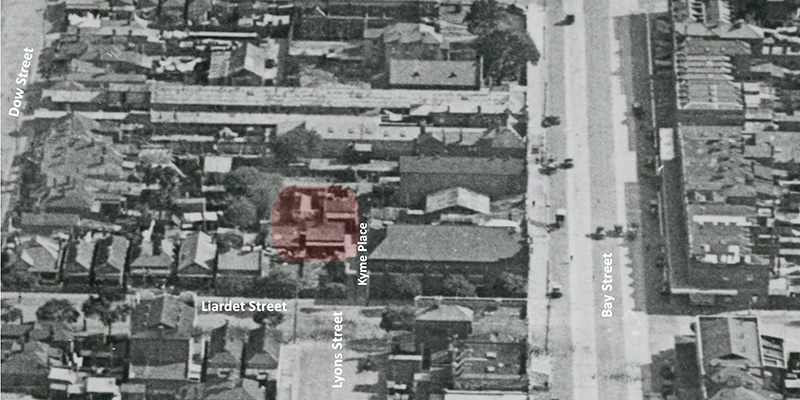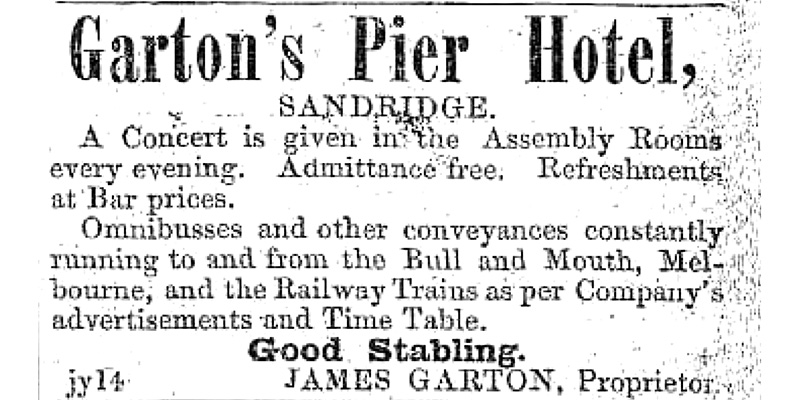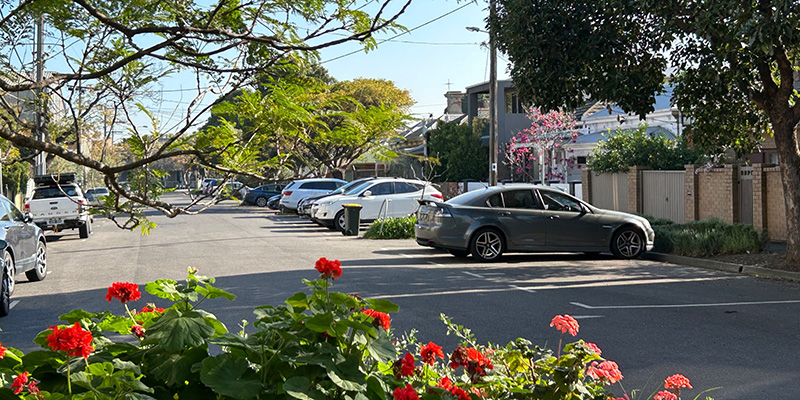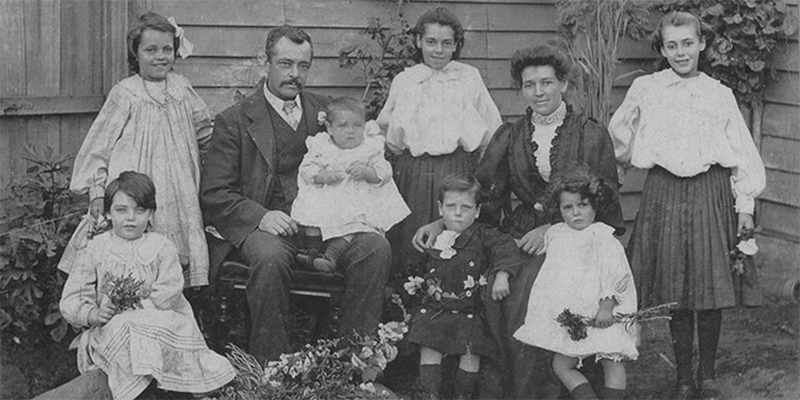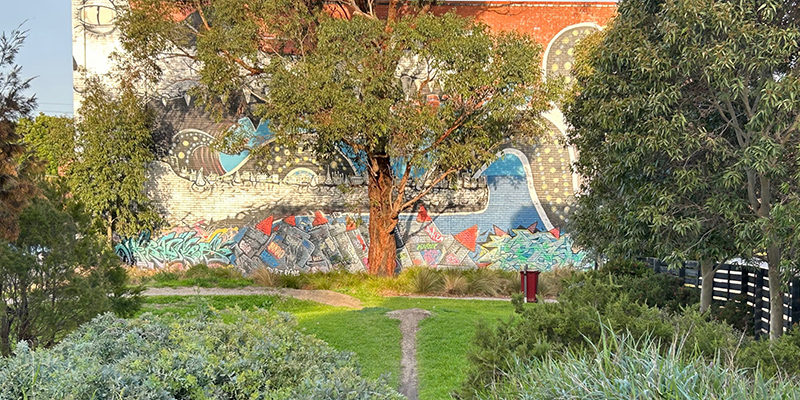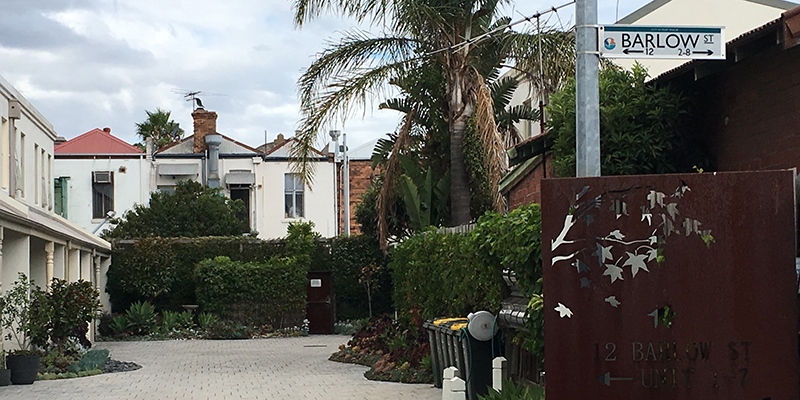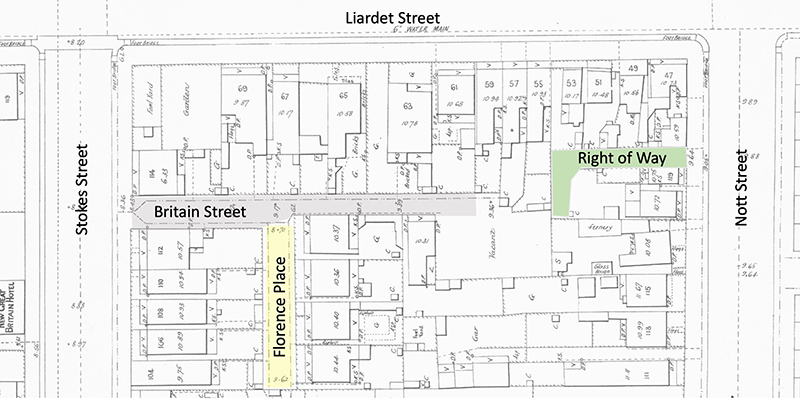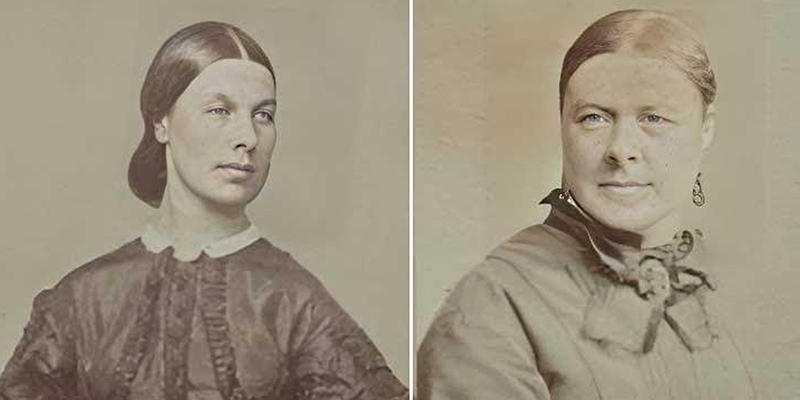by David F Radcliffe
Frederick Peterson and Priscilla Hume were married at St James Cathedral in Melbourne in June 1869.[1] For 53 years, the couple were active members of the Port Melbourne community raising eight children here, five girls and three boys. Both Frederick and Priscilla came from families with strong connections to ships and the sea and this nautical tradition…
